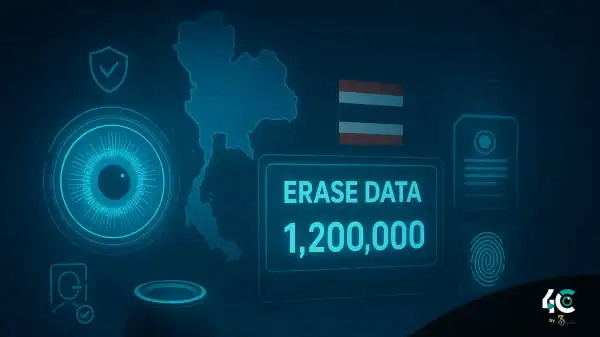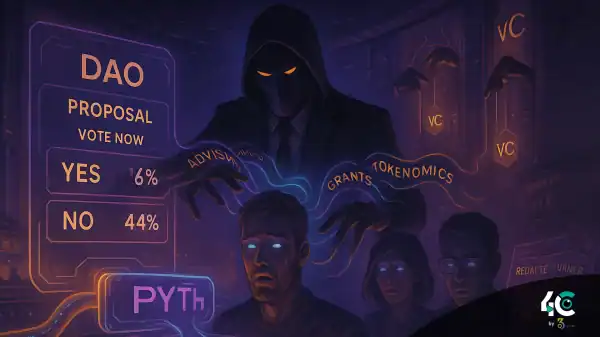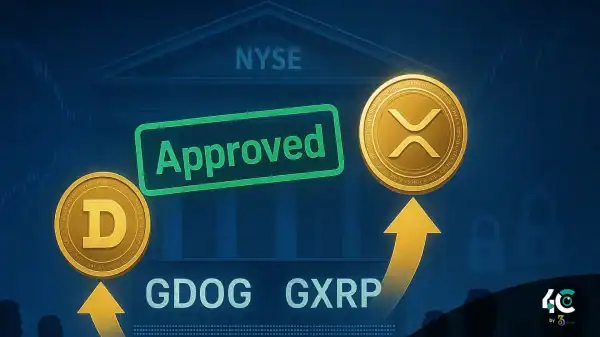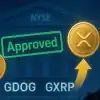Why Governance Matters in DAOs
DAOs use community governance to make decisions. If governance is weak, the project can fail. Good governance means taking part, making decisions and having a healthy treasury. In assessing whether a DAO will triumph, we look at three factors:
- Voter participation: The number of people voting.
- Are proposals getting approved and implemented?
- Does the DAO have a diverse treasury with assets held in different places?
We can determine that a DAO is healthy and likely to succeed when we observe these key factors.
Key Factors of the DAO Democracy Gauge
1. Voter Turnout
This measures how many members are actively voting. High turnout shows that the community is engaged, and the decisions reflect the group’s will. Low turnout suggests apathy or control by a small group.
- Good: Over 20% of token holders have cast their votes.
- Bad: Less than 5% participate.
Example
- Uniswap DAO with Low Turnout of Less than 5%
- Gitcoin DAO : More than 10% of members who vote show strong participation.
2. Proposal Success Rates
This looks at how often proposals pass and get implemented. A high success rate means the DAO is efficient and aligned. A low rate could mean gridlock or poor planning.
- Good: Over 70% of proposals come out successful.
- Bad: Less than 30% succeed.
Example
- MakerDAO (more than 80% success rate).
- The proposals of ConstitutionDAO failed, so it became inefficient before eventually failing.
3. Treasury Diversity
A DAO should hold a range of assets in its treasury (like BTC, ETH, stablecoins, etc.), rather than just one. Diversification protects against market crashes.
- Good: Treasury holds multiple assets.
- Bad: Treasury is dependent on mainly one asset. For example, the lab’s own token.
Example
- BitDAO holds various assets, which makes it more resistant.
- The Squid Game DAO experienced failure when its negative treasury value led to a token crash.
Forecasting DAO Success
By looking at these three factors together, we can forecast the success or failure of a DAO.
- DAO is performing well in governance.
- A moderate score indicates the likelihood of improvement and adaptation.
- Scores that are lower than 40 reflect a high risk of failure for the DAO.
Case Studies: Real-World Examples
Case Study 1: Aave DAO
- Voter Turnout: Moderate (~8%).
- Proposal Success Rate: High (~85%).
- The treasury is a good mix of a lot of assets.
- Outcome: Solid foundation but must engage voters more.
Case Study 2: OlympusDAO
- Voter Turnout: Strong (~15%).
- Proposal Success Rate: Low (~40%).
- The treasury diversity is poor as it relies too much on its own token.
- Due to inefficiency and financial risk, the potential outcome is “at risk.”
What This Means for Stakeholders
For Investors
Use the DAO Democracy Gauge to measure the health of the project before investing. Projects with strong governance are safer bets.
For Developers
Make voters turn out more often and a treasury that reflects your community.
For Regulators
Be wary of DAOs where turnout is low and governance is uninspired, as they may be as devastating as regular corporations.
Conclusion
The DAO Democracy Gauge shows which DAOs will likely succeed based on their governance scorecard. A healthy DAO has active members, quick decision-making, and a varied treasury. When stakeholders focus on these areas, they can create stronger and more sustainable projects that empower communities.

































